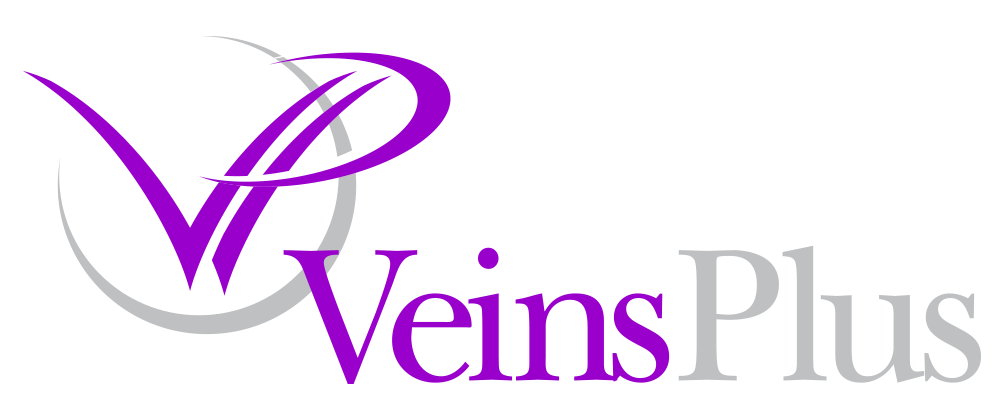VARICOSE VEINS
VeinsPlus offers nonsurgical treatment options for treating varicose veins and spider veins. Varicose veins can be the cause of leg cramping, aching, itching, burning, and can cause Restless Leg Syndrome. Most insurances cover treatment for varicose veins. Varicose veins can be treated non-surgically using endovenous laser ablation, radiofrequency ablation, and sclerotherapy.
WHAT CAUSES VARICOSE VEINS?
Veins are a one-way system that carry oxygen-depleted blood back to the heart and lungs so that the blood can be re-oxygenated. Veins have one-way valves to keep blood moving in the direction of the heart. If these valves malfunction, venous blood fails to circulate properly, thus pooling, and the veins can subsequently become swollen and painful. Veins affected by abnormal valves are called varicose veins and generally develop in the thighs and calves, but can extend to the ankles and feet.
Family history of varicose veins is the largest cause of varicose veins. Certain conditions can aggrevate the development of varicose veins, including pregnancy. being overweight, occupations that require prolonged sitting and repetitive heavy lifting.
BEFORE & AFTER (patient treated at VeinsPlus)
VARICOSE VEINS - SIGNS AND SYMPTOMS
Symptoms associated with varicose veins can vary based on how the varicose veins are located underneath the skin and above the muscles. Also, because gravity influences how much veins become engorged, activity such as prolonged standing and prolonged sitting worsen symptoms and signs associated with varicose veins.
If distended varicose veins are close to and pushing-up against the skin, some individuals will complain of burning, itching, and tingling.
If distended varicose veins are pushing against the muscle surface, then this may lead to muscle aches, throbbing, cramping, and tenderness. Sometimes, distended varicose veins leads to more localized lactic acid accumulation in the nearby muscles leading to early leg fatigue, periodic charlie horses and even symptoms of restless legs.
If distended varicose veins are lying in tissue between the skin and muscle, then individuals may notice symptoms of heaviness and swelling.
A vein that is varicosed only means that the flow in that particular vein is abnormal. Veins are only suppose to carry blood towards the heart so that the deoxygenated blood can get recycled and sent back into the body by arteries. In order for the veins in the legs to keep blood flowing in the direction of the heart, they are equipped with one-way valves pointing upstream. A vein is considered to be varicosed when the one-way valve(s) are not function, thus allowing blood (and it's toxic contents) to pool downward do to gravity. Individuals who have varicose veins may actually not know that they have this condition, because the onset of valvular venous disease may not be visibly apparent. It is not until prolonged gravitational pooling of venous blood eventually causes veins to distend and dilate causing them to become visibly apparent. However, it is important to understand that the symptoms of varicose veins can start to occur long before the visible signs occur.
Vein Specialist are trained to detect early onset venous disease, even before the visible manifestations occur. Vein specialist use tools such as duplex ultrasound imaging to non-invasively detect abnormal blood flow in veins.
Varicose veins can also be of cosmetic concern to individuals and lead to embarrassment and problems with self-esteem.
Phlebologists are physicians that specialize in the diagnosis and treatment of varicose veins. Current methods to treat varicose veins include Endovenous Laser Ablation, Endovenous Radiofrequency Ablation, Sclerotherapy, and Microphlebectomy.







